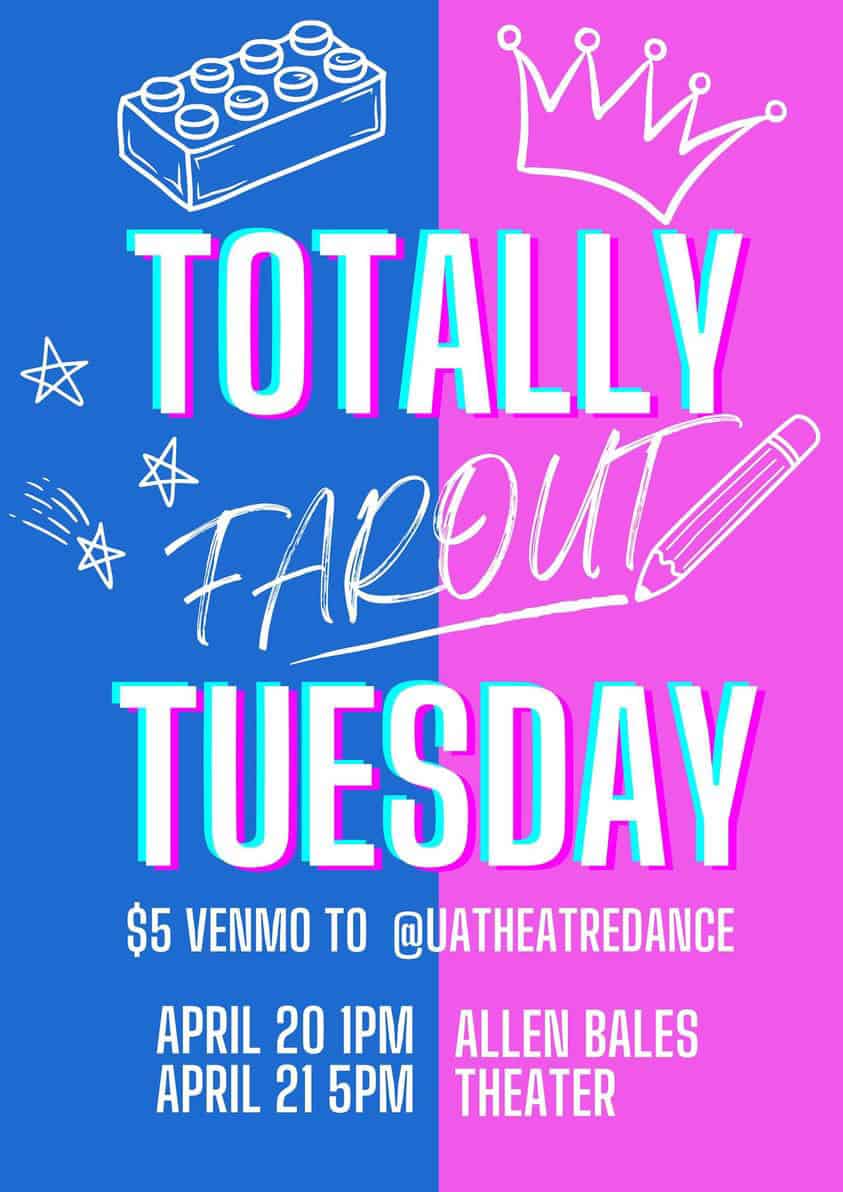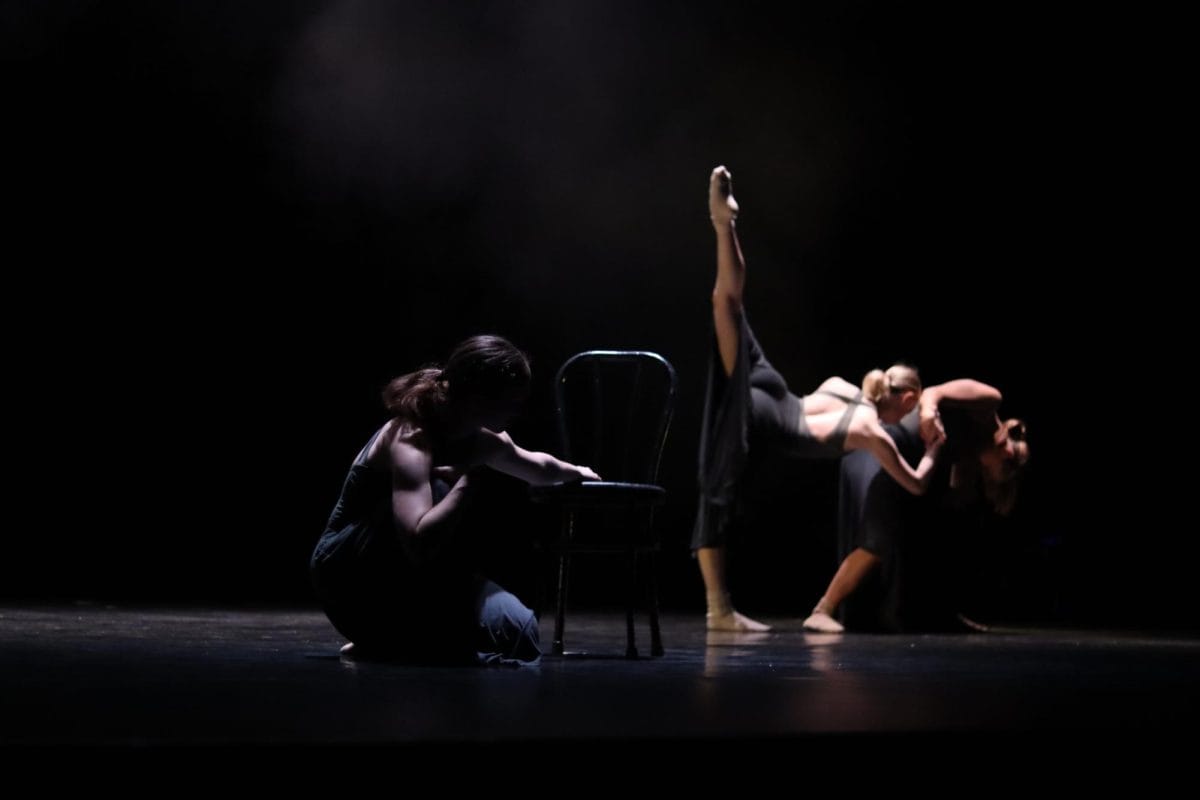The revolutionary artistic movements of the 1970s were not lost on The University of Alabama’s campus. In the mid 70s, a group of UA students gathered together to make improvisational and avant-garde music, art and performances. They called themselves the Raudelunas.
The name Raudelunas (pronounced ra-DELL-uh-nus) comes from the Armenian word referring to the moon and its mythical powers.
Craig Nutt, a UA alumnus and member of Raudelunas, referred to the group as a venue for misfits.
“We had sessions where anyone who wanted to pick up an instrument and play it could,” he said. “Anyone could be a part of this.”
Nutt said he could remember exactly how the group got started, but it turned into meetings of like-minded people who, over the years, turned into a support group for experimental artists.
“For me as an artist, it was a seminal experience to be able to work in partnership with so many artists and to do experimental avant-garde music before it really existed,” he said.
The Raudelunas art collective has returned to campus to recreate their 1974 exhibition-performance, Pataphysical Revue in the Ferguson Student Center, the same location the original exhibition took place.
“It’s crazy that we could bring it back to its original spot,” Lee Shook, organizer and curator of the exhibit, said. “It’s kind of a weird poetry.”
The Raudelunas Exposition 2013 will feature retrospective visual art and archive materials from the Raudelunas group’s activities in the 1970s, including group drawings, paintings, assemblages, sculptures, manifestos, posters, records and photographs.
The exhibition opened Jan. 7 and will close Feb. 2 with a reception from 5 p.m. to 7 p.m. at the Ferguson Center Art Gallery, followed immediately by a concert at the Ferguson Center Theatre from 7:30 p.m. to 9 p.m.
Shook said he wanted to bring back members of Raudelunas’ art to Tuscaloosa, in hopes that people would have the same reaction he did when he first saw their work.
“I was blown away to find that these people lived in my backyard, and I could find them,” he said. “Digging through people’s attics and garages was like going on an archaeological dig. I have made it my sort of mission to give those people the legacy they deserve. They provided so much inspiration for so many people.”
Shook said what visitors will see in the exhibit is just the tip of the iceberg.
“There is so much to talk about with what they are up to,” he said. “In UA’s homecoming parade, they lined up behind the band and played free jazz to the befuddlement of onlookers.”
Several members will be returning to The University of Alabama for the concert on Feb. 2. The concert will feature internationally acclaimed violist LaDonna Smith, guitarist Davy Williams, harpist and composer Anne LeBaron, and sculptor Craig Nutt on the Folgerphone, which is a saxophone fashioned out of copper tubing and a Folger’s coffee can.
The concert, which is part of the Sonic Frontiers concert series, will also feature two short films. Rare footage of the Raudelunas members performing in a mid-1970s UA homecoming parade will follow the Alabama debut of the trailer for “Icepick to the Moon,” a feature-length documentary about the Reverend Fred Land and Raudelunas by Skizz Cyzyk.
“Raudelunas Exposition will at once befuddle, amuse, amaze and inspire and should serve as an apt introduction to their strange and wonderful world,” Shook said.






